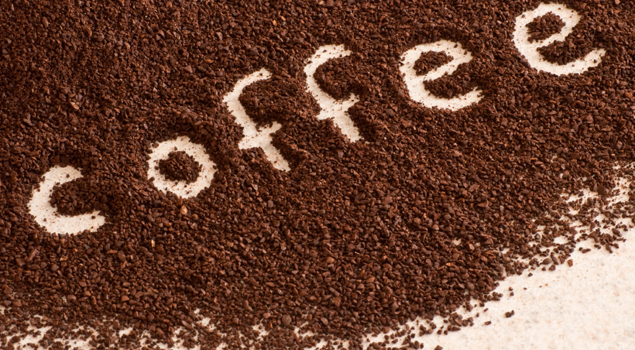Caffeine …….we reveal where it’s found, how much there is and its benefits

We all know that there is caffeine in coffee and that it’s usually our first choice when we need perking up a bit! But, there are plenty of other beverages and food that have a significant caffeine content too.
In this blog we reveal the exact amount of caffeine in drinks, where it appears and its stimulating and beneficial health effects.
How much caffeine there is in a cup of coffee depends on many factors including; the size of the cup, how finely the coffee is ground, type of coffee bean used and brewing method to name but a few. Plus, the beans of Arabica coffee, grown at higher altitudes, contain less caffeine than Robusta beans so that also makes a difference. However, to give a rough guide; the average mug of instant or filter coffee contains between 100 and 140 mg of caffeine. A mug of teas contains roughly 50% less caffeine, with cola and energy drinks between 40 and 80 mg.
For those chocolate bar lovers…if you want to consume less caffeine, then stick to milk which has half the amount of the plain varieties. Tea actually contains more caffeine than coffee when in a dry weight state, but because less is generally used to make a cup, the caffeine content is less too.
When caffeine is added to drinks or foods, by law it must be included in the list of ingredients. However, where caffeine occurs naturally in foods and coffee this does not apply. Some products also contain the natural plant product from Brazil – guarana that includes guaranine which is identical to caffeine. Mateine, contained in Mate which is popular in South America also produces the same stimulant effect as caffeine.
A moderate amount of caffeine can contribute to a healthy, balanced diet. The body readily absorbs it into the bloodstream where it is rapidly metabolised and excreted. The stimulant effects of a small cup of coffee takes effect after 15-45 minutes and it normally lasts for about four hours. Many scientific studies have revealed that taking caffeine will improve concentration, alertness, reasoning and vigilance. It can be particularly useful to help counter ‘post-lunch dip’ in concentration and overcoming drowsiness in motorists and nightshift workers, which can help reduce the risk of accidents.










